2-[(6-Amino-9H-purin-9-yl)methyl]-5-methyl-3-(2-methylphenyl)-4(3H)-quinazolinone
Synonym(s):Phosphatidylinositol 3-Kinase p110d Inhibitor, PI 3-K Inhibitor X;PI 3-Kδ Inhibitor X, IC87114 - CAS 371242-69-2 - Calbiochem
- CAS NO.:371242-69-2
- Empirical Formula: C22H19N7O
- Molecular Weight: 397.43
- MDL number: MFCD09970845
- SAFETY DATA SHEET (SDS)
- Update Date: 2024-11-19 23:02:33
![2-[(6-Amino-9H-purin-9-yl)methyl]-5-methyl-3-(2-methylphenyl)-4(3H)-quinazolinone Structural](https://img.chemicalbook.in/CAS2/GIF/371242-69-2.gif)
What is 2-[(6-Amino-9H-purin-9-yl)methyl]-5-methyl-3-(2-methylphenyl)-4(3H)-quinazolinone?
Description
The phosphatidylinositol 3-
The Uses of 2-[(6-Amino-9H-purin-9-yl)methyl]-5-methyl-3-(2-methylphenyl)-4(3H)-quinazolinone
IC 87114 is a selective PI3Kδ inhibitor.
What are the applications of Application
IC-87114 is a PI3K inhibitor with action against fMLP-PIP3
Definition
ChEBI: A member of the class of quinazolines that is quinazolin-4(3H)-one carrying (6-amino-9H-purin-9-yl)methyl, 2-methylphenyl and methyl substituents at positions 2, 3 and 5 respectively.
References
[1]. workman p, van montfort rl. pi(3) kinases: revealing the delta lady. nat chem biol. 2010 feb;6(2):82-3.
[2]. puri kd, doggett ta, douangpanya j, hou y, tino wt, wilson t, graf t, clayton e, turner m, hayflick js, diacovo tg. mechanisms and implications of phosphoinositide 3-kinase delta in promoting neutrophil trafficking into inflamed tissue. blood. 2004 may 1;103(9):3448-56.
[3]. soond dr, bjørgo e, moltu k, dale vq, patton dt, torgersen km, galleway f, twomey b, clark j, gaston js, taskén k, bunyard p, okkenhaug k. pi3k p110delta regulates t-cell cytokine production during primary and secondary immune responses in mice and humans. blood. 2010 mar 18;115(11):2203-13.
Properties of 2-[(6-Amino-9H-purin-9-yl)methyl]-5-methyl-3-(2-methylphenyl)-4(3H)-quinazolinone
| Boiling point: | 673.7±65.0 °C(Predicted) |
| Density | 1.43 |
| storage temp. | Store at -20°C |
| solubility | insoluble in H2O; insoluble in EtOH; ≥6.62 mg/mL in DMF |
| form | White powder solid. |
| pka | 3.90±0.10(Predicted) |
| color | White to gray |
| CAS DataBase Reference | 371242-69-2 |
Safety information for 2-[(6-Amino-9H-purin-9-yl)methyl]-5-methyl-3-(2-methylphenyl)-4(3H)-quinazolinone
Computed Descriptors for 2-[(6-Amino-9H-purin-9-yl)methyl]-5-methyl-3-(2-methylphenyl)-4(3H)-quinazolinone
New Products
(S)-3-Aminobutanenitrile hydrochloride 4-Methylphenylacetic acid N-Boc-D-alaninol N-BOC-D/L-ALANINOL Tert-butyl bis(2-chloroethyl)carbamate 3-Morpholino-1-(4-nitrophenyl)-5,6-dihydropyridin- 2(1H)-one Furan-2,5-Dicarboxylic Acid Tropic acid 1-Bromo-3,5-Di-Tert-Butylbenzene S-2-CHLORO PROPIONIC ACID ETHYL ISOCYANOACETATE 2-Bromo-1,3-Bis(Dimethylamino)Trimethinium Hexafluorophosphate 4-IODO BENZOIC ACID 3-NITRO-2-METHYL ANILINE 1-(2,4-DICHLOROPHENYL) ETHANAMINE (2-Hydroxyphenyl)acetonitrile 4-Bromopyrazole 2-(Cyanocyclohexyl)acetic acid 4-methoxy-3,5-dinitropyridine 1-(4-(aminomethyl)benzyl)urea hydrochloride 2-aminopropyl benzoate hydrochloride diethyl 2-(2-((tertbutoxycarbonyl)amino) ethyl)malonate tert-butyl 4- (ureidomethyl)benzylcarbamate Ethyl-2-chloro((4-methoxyphenyl)hydrazono)acetateRelated products of tetrahydrofuran
![4H-PYRIDO[1,2-A]PYRIMIDIN-4-ONE, 7-METHYL-2-(4-MORPHOLINYL)-9-[1-(PHENYLAMINO)ETHYL]-](https://img.chemicalbook.in/CAS/GIF/663619-89-4.gif)
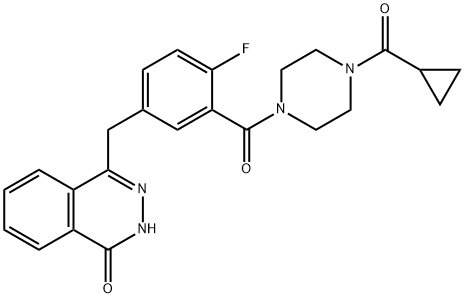
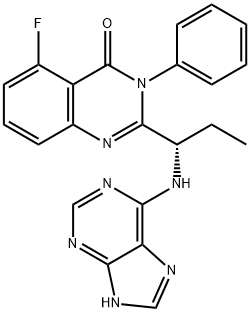
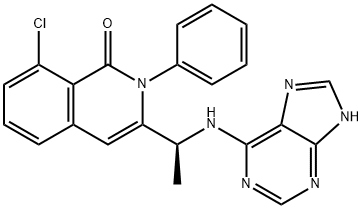
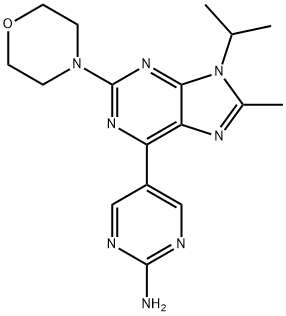
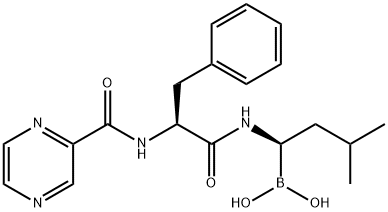
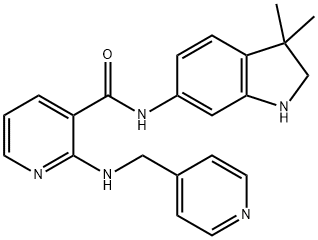

You may like
-
 IC87114 >95% CAS 371242-69-2View Details
IC87114 >95% CAS 371242-69-2View Details
371242-69-2 -
 PI 3-Kδ Inhibitor X, IC87114 CAS 371242-69-2View Details
PI 3-Kδ Inhibitor X, IC87114 CAS 371242-69-2View Details
371242-69-2 -
 1975-50-4 98%View Details
1975-50-4 98%View Details
1975-50-4 -
 2-HYDROXY BENZYL ALCOHOL 98%View Details
2-HYDROXY BENZYL ALCOHOL 98%View Details
90-01-7 -
 2-Chloro-1,3-Bis(Dimethylamino)Trimethinium Hexafluorophosphate 221615-75-4 98%View Details
2-Chloro-1,3-Bis(Dimethylamino)Trimethinium Hexafluorophosphate 221615-75-4 98%View Details
221615-75-4 -
 61397-56-6 CIS BROMO BENZOATE 98%View Details
61397-56-6 CIS BROMO BENZOATE 98%View Details
61397-56-6 -
 14714-50-2 (2-Hydroxyphenyl)acetonitrile 98+View Details
14714-50-2 (2-Hydroxyphenyl)acetonitrile 98+View Details
14714-50-2 -
 118753-70-1 98+View Details
118753-70-1 98+View Details
118753-70-1